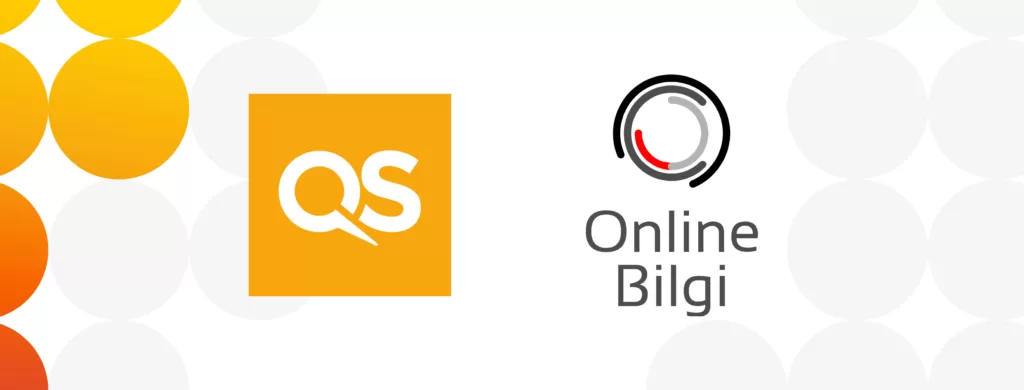In a crowded online marketplace of institutions around the world, many may fail to deliver the information prospective students need to make an informed decision, will yours be one of them?
According to a recent QS coronavirus survey, prospective international students are spending more time online to discover a right-fit institution.
As students continue to defer and delay their studies during the coronavirus crisis, they are given a glut of choices and greater lead time to make a final decision.
In such an environment, it’s never a bad time to refresh your online presence to better connect prospective students to your institution.
Higher education institutions are in a position to guide students through the application and enrollment process during increasingly complex and restrictive times.
Given all that institutions must communicate to prospective students through their official website, social media pages, display ads, sponsored content, and newsletter campaigns, it’s not surprising that even the most well-established universities struggle to sustain a strong content strategy to continue to attract prospective students.
Below, find the top three digital marketing mistakes that higher education institutions make when producing content for digital marketing and online student recruitment.
1. Trying to appeal to too many different student demographics at the same time
The opportunity to introduce your school to a broad range of students online may be tempting, but in doing so, you may lose sight of your recruitment objectives and target audience in the process.
Instead, make sure that you have segmented your audience and know which messages to focus on for each. This will be the key to reaching the right audience to meet your goals.
For instance, have you decided to shift your recruitment strategy to focus on a new country, such as India? Before planning a content strategy, be sure that you have identified what Indian students value in an institution, which types of information they require to make a final decision, and which communications channels they prefer.
A few selling points unique to your institution that you may want to consider before identifying your target audience could include:
- Completely online programs or dynamic blended study options
- Scholarship opportunities that set you apart from your local peer institutions
- Advancement degrees that appeal to adult learners
- Quality of life student experiences in a desirable city or country
- New state-of-the-art labs and facilities
If your institution can identify which types of students are interested in your unique selling points, you are well on your way to a more targeted content strategy and online presence that attracts student leads that will persist.
2. Failing to provide enough resources around COVID-19
The core values and mission of your institution may not have changed, but the higher education landscape around it has in the wake of the global health crisis.
For international students, this transformation has perhaps been the most strongly felt, as the study abroad cultural experience continues to be disrupted by travel restrictions.
Institutions that fail to provide timely and pertinent information to prospective students—international or domestic—around the pandemic and how it is affecting the academic year, may unintentionally make a student’s decision process even more difficult to navigate.
How have in-person and remote learning options shifted? Is your institution offering additional scholarships or tuition reimbursement schemes until coronavirus-related restrictions have been lifted?
More importantly, if your institution is offering on-campus learning, how has it maintained a safe and healthy learning environment? Updates on pandemic preparedness will be of no small comfort to both students and parents alike.
To ensure that all health crisis-related content is timely and relevant, look at search trends and plan accordingly. In times of rapid disruption, utilizing Google Trend data can also provide valuable insight into what the most popular search terms are around higher education right now. Adjusting your on-page optimizations to align with that data could give you an edge over similar institutions.
3. Content inconsistency across various platforms
Institutions with strong brands have strong consistency across all content assets. Therefore, in addition to being timely and relevant to an ever-changing higher education landscape, they also must stay on-message and on-brand.
For a quick win, consider reviewing your most prominent online content before conducting a full content audit of all channels.
Confirm that your official school website’s landing page copy is aligned with social media pages, and in turn any profile pages on student guide websites, so that all content can be said to be sensitive to the changing circumstances that students find themselves in.



